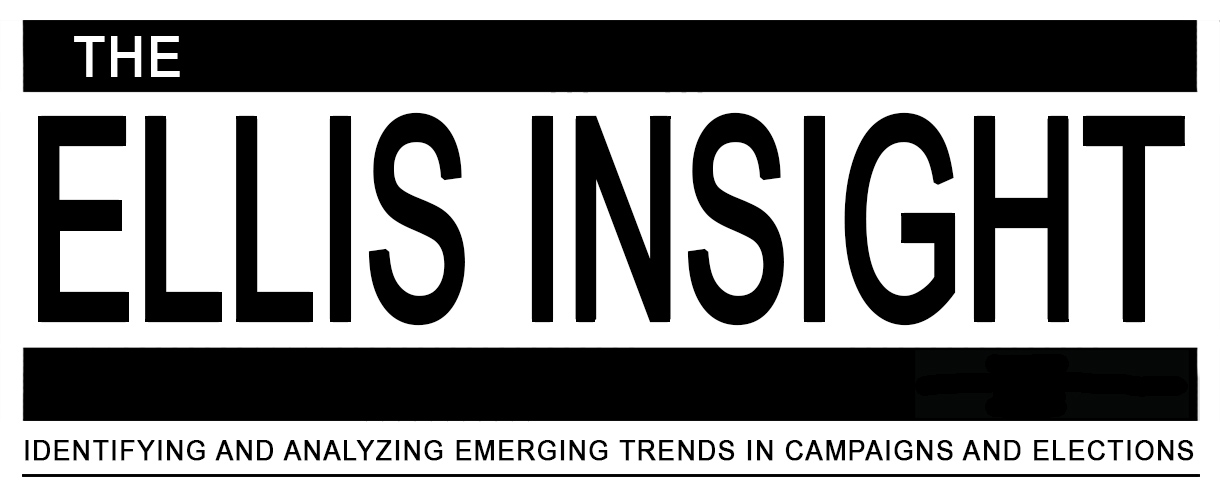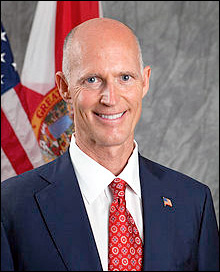By Jim Ellis — Monday, May 13, 2024
Senate
Florida: Sen. Scott Expands Lead — Cherry Communications was in the field testing several Florida races for the state Chamber of Commerce (April 28-May 7; 609 likely Florida general election voters; live interview) and despite claims from Democratic Senate candidate Debbie Mucarsel Powell in fundraising messages that her race is even, this poll confirms otherwise. In reality, Sen. Rick Scott (R) has a major advantage over the likely Democratic nominee. According to the Cherry/Chamber poll, Sen. Scott commands a 54-39 percent lead.The Scott performance is even larger than former President Donald Trump’s showing in the same poll. On the presidential ballot test, Trump holds a 51-42 percent edge over President Joe Biden. Additionally, when Sen. Scott was last on the ballot in 2018 and won by just over 10,000 votes statewide, the Democrats had a voter registration edge. Now, the Republican registration advantage has soared to over 900,000 individuals.
House
Nevada: No Redistricting Ballot Propositions — On Friday, the Nevada state Supreme Court upheld a lower court ruling striking down two proposed ballot initiatives that would have allowed citizens to determine if a redistricting commission would be created. The court ruled that the propositions did not include provisions to demonstrate how the initiative would develop a revenue stream to pay for the program as required in Nevada law.
Therefore, no redistricting law changes will be on the ballot in 2024. Also under Nevada election law, in order to become law, propositions must receive majority support in two separate elections. Therefore, time remains for proponents to qualify a pair of propositions in future elections to change the redistricting system before the 2030 census.
NY-3: GOP Candidates Disqualified — Four Republican candidates attempting to challenge returning New York US Rep. Tom Suozzi (D-Glen Cove) have been disqualified. This leaves former state Assemblyman Mike LiPetri, the local party-endorsed candidate, as the lone Republican contender. None of the others submitted the proper number of valid petition signatures, which is the typical reason candidates fail to make the ballot.
LiPetri has yet to initiate a fundraising mechanism for his campaign, but now he will be unopposed for the party nomination in the June 25 Republican primary. Though expelled Rep. George Santos (R) won the seat in 2022, the district leans Democratic. The Dave’s Redistricting App statisticians calculate a 51.9D – 47.4R partisan lean for the new district adjusted in the 2024 redistricting round.
NY-3 was one of four Democratic districts that went Republican for the US House in 2022 which, along with a similar four seats in California, will go a long way to determining whether Democrats or Republicans claim the majority in the 2024 general election.
Governor
Washington: The Three Bob Fergusons — Evergreen State Attorney General Bob Ferguson (D) is the leading candidate to replace retiring Gov. Jay Inslee (D), but he has a new problem as we move closer to the May 24 candidate filing deadline. Two other Democrats, also named Bob Ferguson, are in the process of filing. Attorney General Ferguson is appealing to the secretary of state for help. There is an oddity that will be investigated. The new Bob Fergusons are registering at the same address, and one person, Glen Morgan, says he is the campaign manager for both of the challenging Fergusons.
The Washington gubernatorial ballot will be confusing enough without featuring three Bob Fergusons. The state uses the jungle primary system, meaning all candidates are on the same ballot. At this point, 30 individuals, including a dozen Democrats, eight Republicans, eight Independents, one Green, and one Libertarian, have drawn documents to file for governor. So, in such a crowded field, so many Bob Fergusons could cause the attorney general additional confusion problems.






